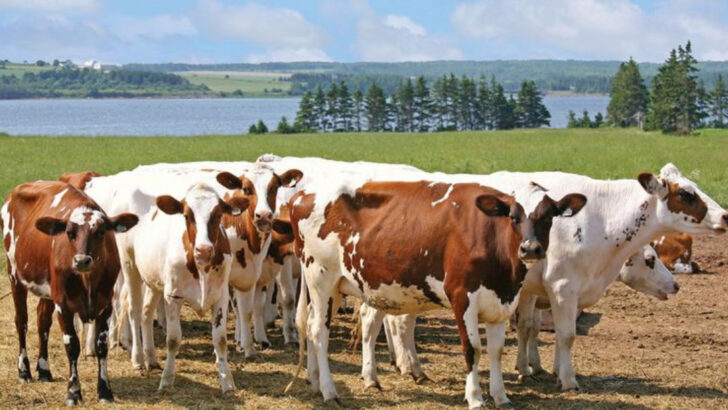Some farm animals are worth more than luxury cars—and yes, we’re talking about pigs, goats, and chickens. While most people picture barns and muddy boots, there’s an elite side to farming that deals in six-figure deals, rare genetics, and animals guarded like national treasures. Forget gold bars—some of these creatures are walking investments. Whether it’s a sheep with million-dollar fleece or a cow with a family tree more prestigious than royalty, these animals are more than just cute or useful. They’re valuable, mysterious, and sometimes even controversial. Get ready to meet 11 farm animals with price tags that will leave your jaw on the barn floor.
Wagyu Cattle
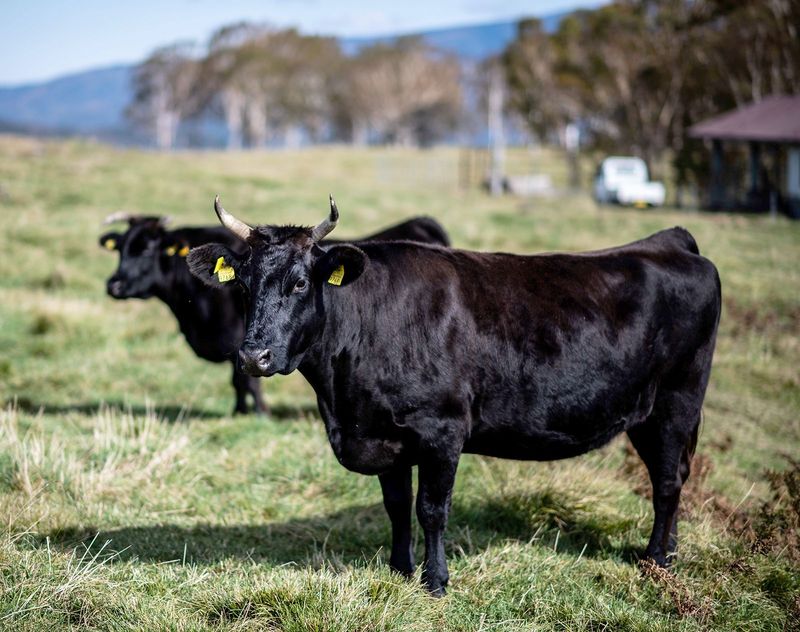
With its rich marbling and unparalleled tenderness, Wagyu beef is synonymous with luxury. Originating in Japan, these cattle are often massaged and fed a special diet to enhance their flavor. A single cow can fetch prices that rival high-end cars, making them a symbol of culinary prestige. In Japan, Wagyu are not just livestock but a cultural heritage, celebrated for centuries. Their meat is sought by chefs worldwide, not just for taste but for the experience it offers. An encounter with Wagyu is a journey into the art of fine dining.
Silkie Chickens
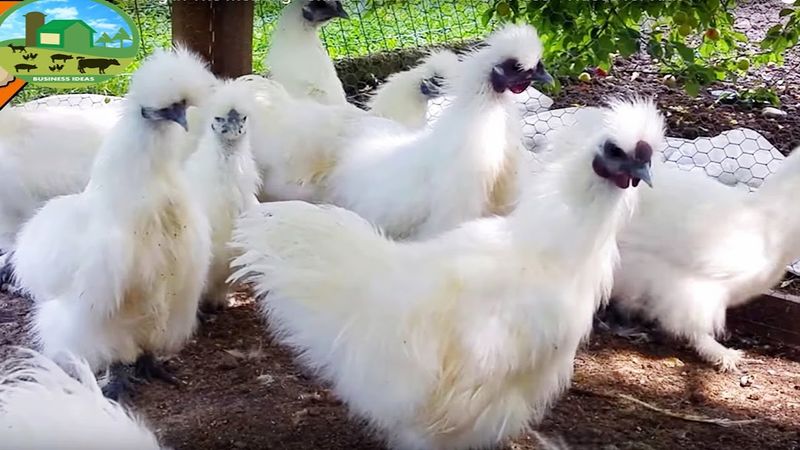
Silkie chickens are the gentle giants of the poultry world, known for their uniquely soft, silk-like feathers. Their calm demeanor makes them ideal pets, while their black skin and bones are considered a delicacy in some cultures. Originating from China, Silkies are steeped in history and often regarded as exotic due to their unusual appearance. Their eggs, although smaller, are cherished for their rich taste. With their endearing personality and striking looks, Silkies have captured the hearts of farmers and hobbyists alike, making them more than just farm animals.
Karakul Sheep
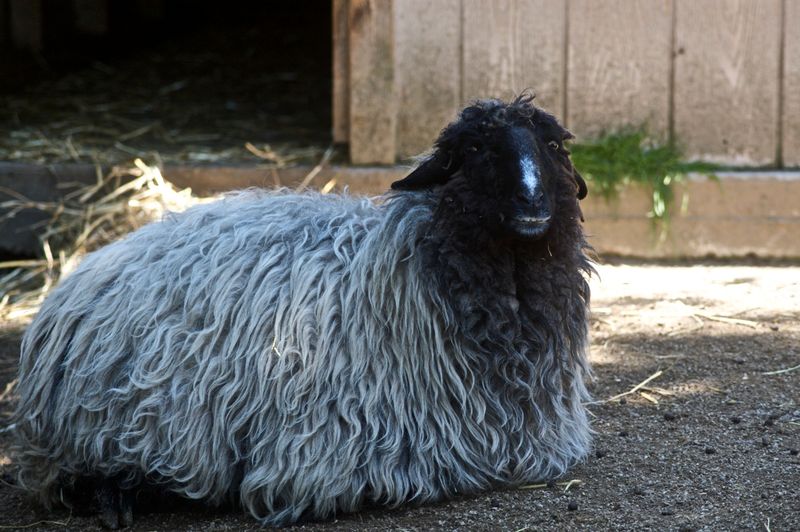
The Karakul sheep is renowned for its luxurious fur, often used in high-end fashion. Indigenous to Central Asia, their pelts are prized for their unique pattern and sheen. Historically, Karakul wool was a staple in royal attire, symbolizing wealth and status. These hardy sheep are well-adapted to harsh climates, making them invaluable to nomadic herders. Their resilience and versatility extend beyond their fleece, as they provide meat and milk. The Karakul’s legacy in the textile world ensures its continued appreciation, making it a valuable asset in the farming community.
Mangalitsa Pigs
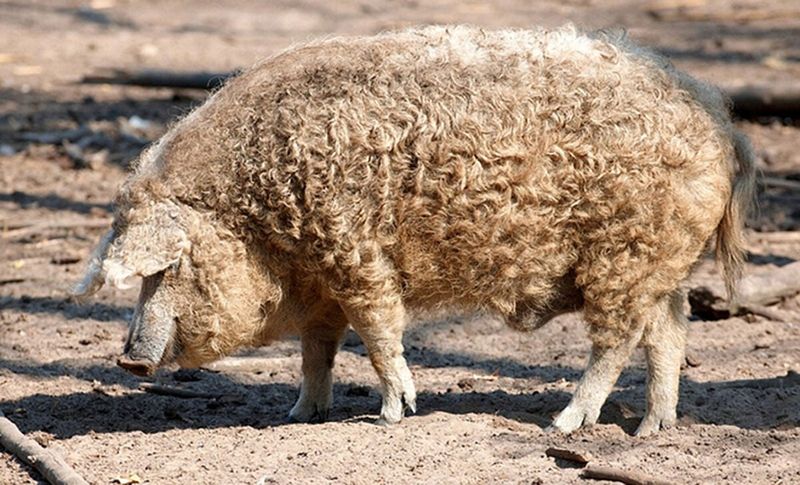
The Mangalitsa pig, often dubbed the “Kobe beef of pork,” is celebrated for its marbled meat and rich flavor. Originating in Hungary, these pigs are easily recognized by their curly hair. Developed in the 19th century, Mangalitsas were treasured by Austro-Hungarian nobility. Their meat is celebrated not just for its taste but its health benefits, being high in Omega-3 fatty acids. This breed’s ability to thrive in varied environments has ensured its survival and popularity among gourmet chefs. Mangalitsas represent a fusion of tradition and culinary innovation.
Alpacas

Alpacas, native to the Andes, are cherished for their soft, luxurious fiber. Their wool, warmer than sheep’s, comes in a variety of natural colors, making it a favorite among textile artisans. Beyond their fleece, alpacas are known for their gentle nature and curious personalities. These traits have made them popular attractions on farms worldwide. In Peru, alpacas hold a special place in local culture, often seen in traditional ceremonies. Their adaptability and low environmental impact make them sustainable livestock, greatly valued in both economic and cultural contexts.
Bresse Chickens
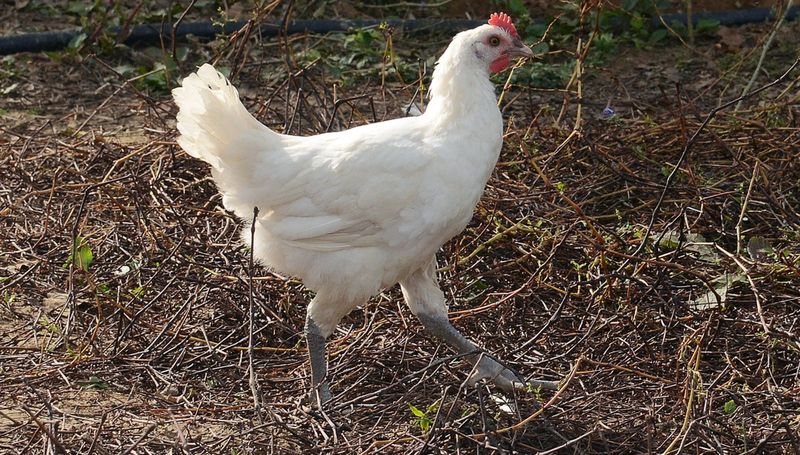
Bresse chickens, hailing from France, are the epitome of gourmet poultry. Known for their rich flavor and tender meat, they are often referred to as the “queen of chickens.” These birds are raised under strict regulations, ensuring their high quality. Their diet, which includes dairy, contributes to their unique taste, distinguishing them from other breeds. Bresse chickens are not just a culinary delight but a cultural emblem, celebrated in French gastronomy. Their prestige and exclusivity have made them a prized possession among chefs and connoisseurs worldwide.
American Bison
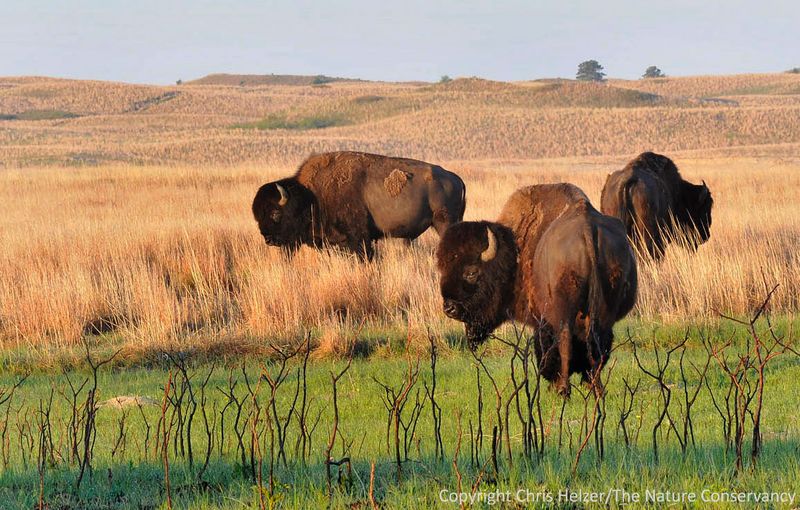
The American Bison, once roaming freely across North America, is a symbol of strength and resilience. Revered by Native American cultures, they have played a crucial role in history and ecology. Today, bison meat is highly prized for its lean, nutritious quality. Conservation efforts have helped restore their populations, making them a sustainable choice for modern farming. Their presence on the plains is a testament to a time when nature dictated the landscape. The American Bison remains an emblem of the wild, captivating the imagination of both farmers and wildlife enthusiasts.
Cashmere Goats
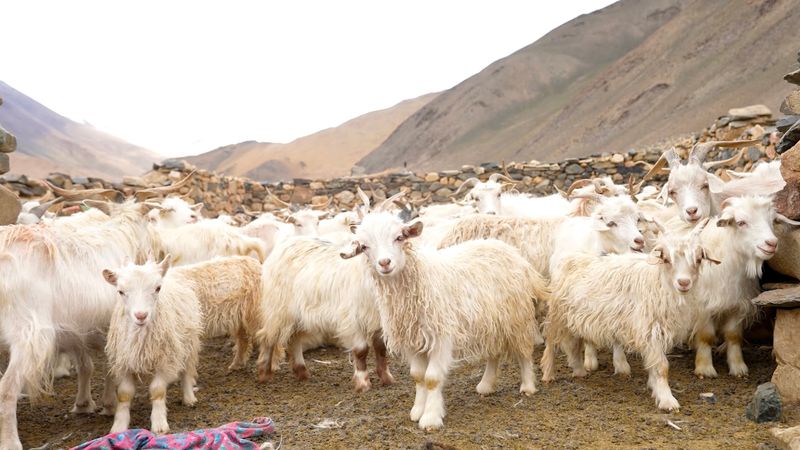
Cashmere goats are the source of one of the most luxurious fibers in the world. Their soft undercoat is harvested to produce cashmere wool, known for its warmth and softness. Originating from the high altitudes of Asia, these goats are perfectly adapted to cold climates. Beyond their valuable fleece, they are hardy animals, capable of surviving in rugged terrains. The demand for cashmere has led to sustainable breeding programs, ensuring the wellbeing of these goats. Their role in the fashion industry is unparalleled, blending tradition with modern elegance.
Ayrshire Cows
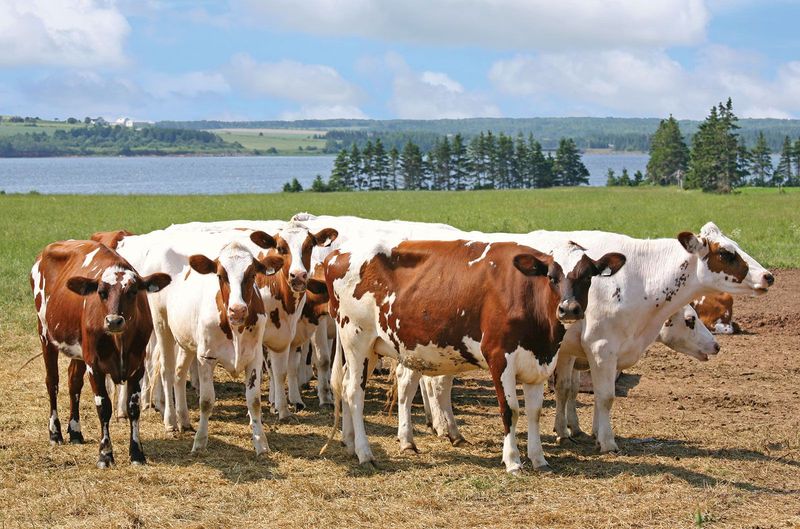
Ayrshire cows are renowned for their high-quality milk, which is both rich and creamy. Originating from Scotland, these cows are celebrated for their ability to thrive in various climates. Their milk is a favorite among cheese producers, contributing to artisanal dairy products worldwide. Ayrshires are not just productive but also known for their striking appearance, with unique red and white markings. Their adaptability and pleasant temperament make them a staple on many farms. The Ayrshire cow represents the perfect blend of beauty and utility in the farming world.
Emu

The emu, Australia’s native giant bird, is a fascinating farm animal due to its unique traits. Known for their speed and endurance, emus offer more than just their striking looks. Their oil is highly valued for its anti-inflammatory properties, used in cosmetics and health products. Emus adapt well to various environments, making them easy to farm. Additionally, their meat is a healthy alternative to traditional poultry, being low in fat. The emu’s intriguing nature and multifunctional uses make it a treasure in both agricultural and commercial sectors.
Black Iberian Pigs

Black Iberian pigs, native to the Iberian Peninsula, are the source of the world-renowned Jamón Ibérico. Their diet of acorns gives the meat a unique nutty flavor, appreciated by gourmets globally. These pigs roam freely, foraging in oak forests, which enhances the quality of their meat. The tradition of raising Iberian pigs is deeply ingrained in Spanish culture, contributing to the country’s culinary prestige. The demand for Jamón Ibérico has made these pigs incredibly valuable, intertwining their fate with gastronomy and heritage.

